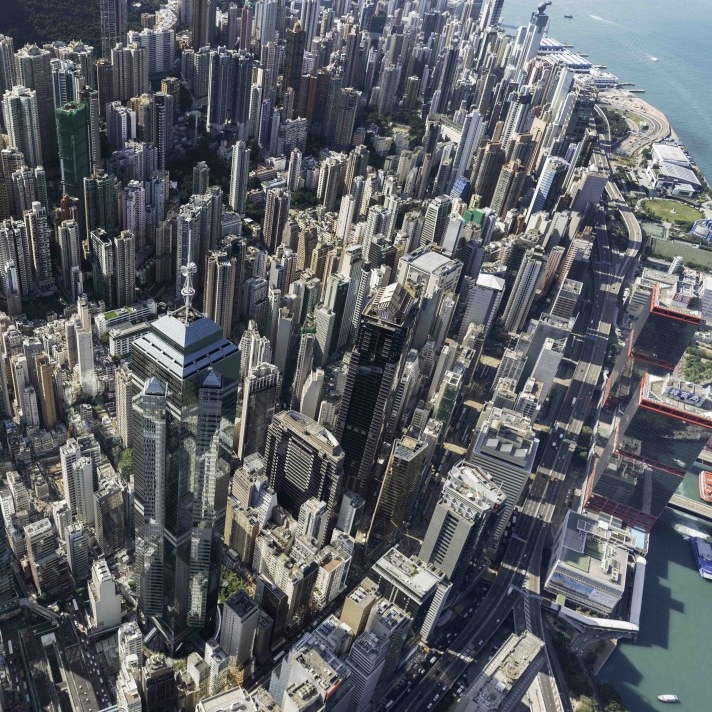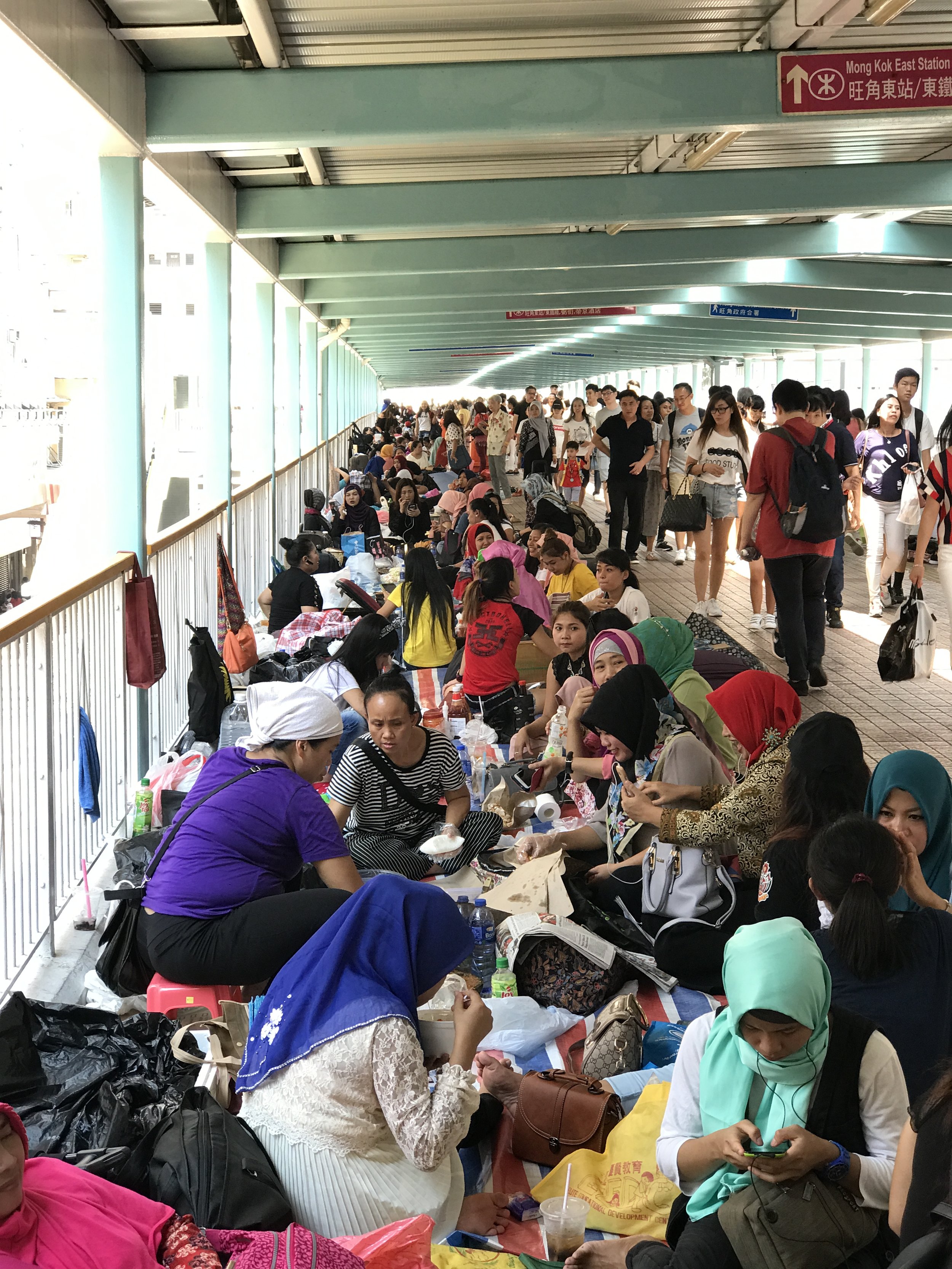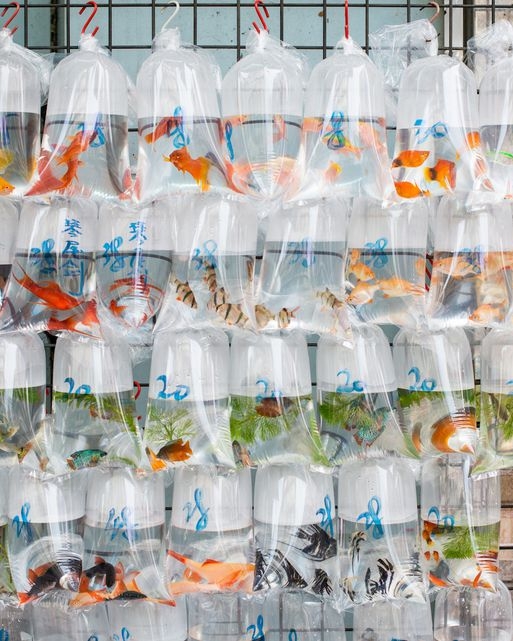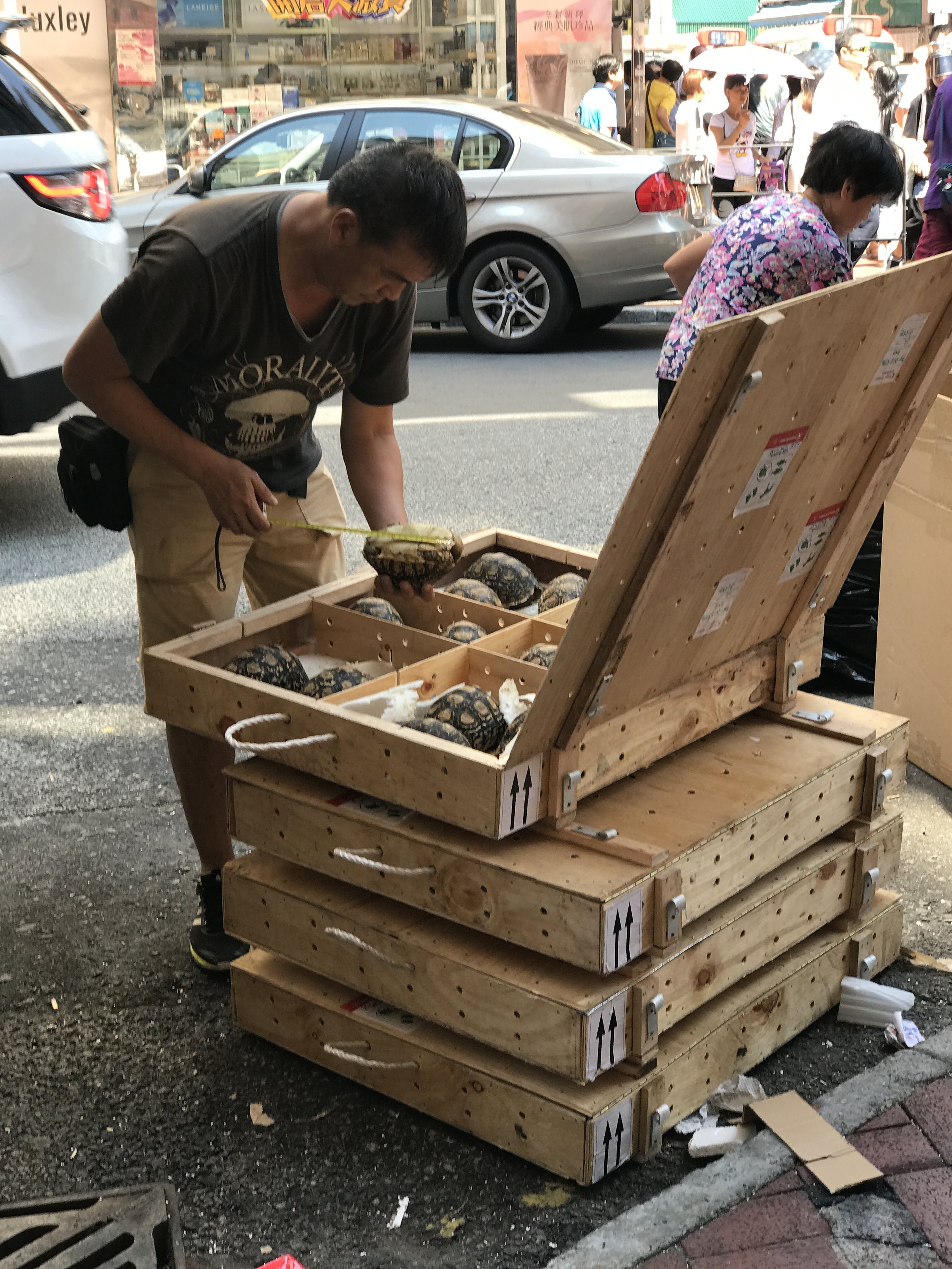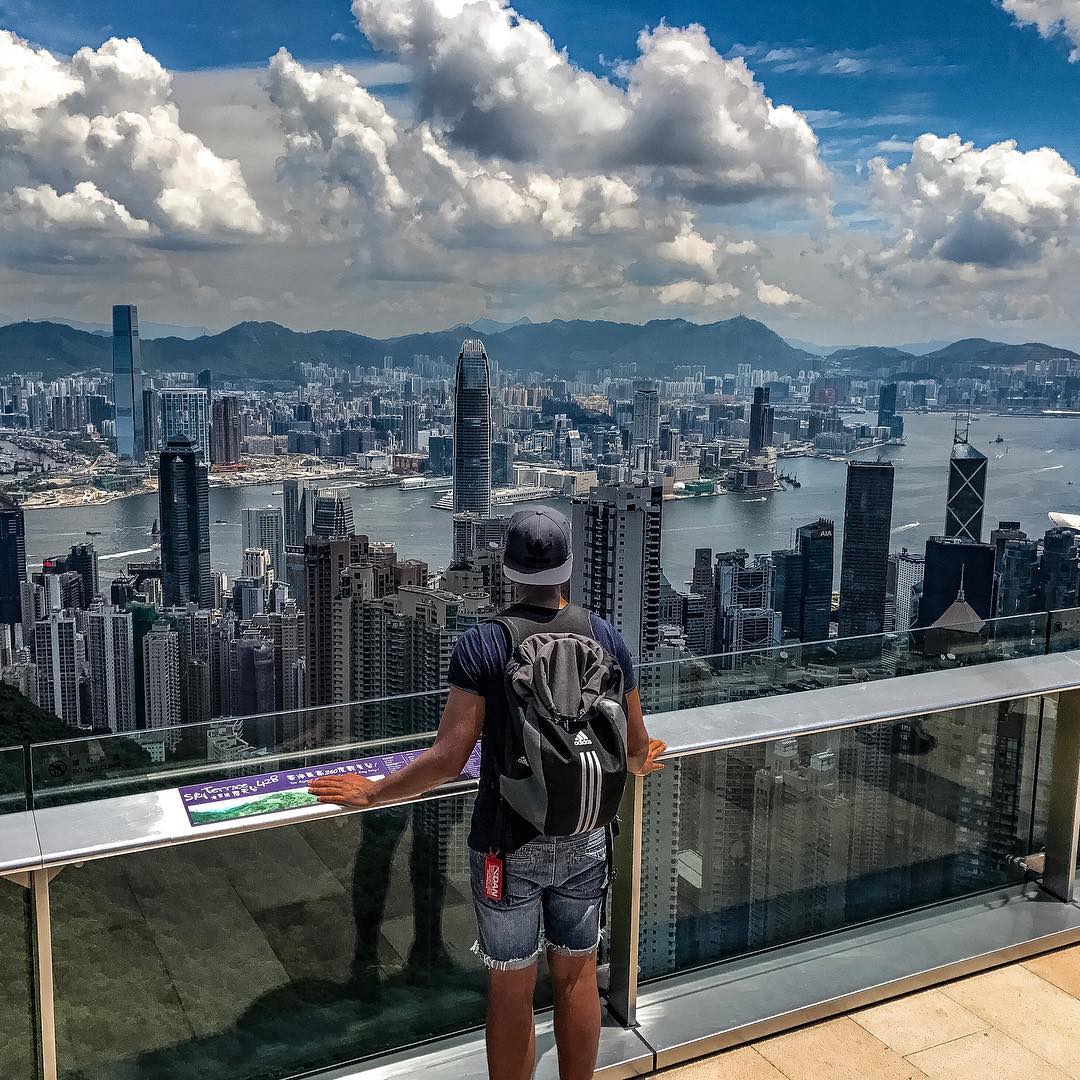HONG KONG: URBAN JUNGLE
The sun is setting on the Cantonese skies of Shenzhen as I am saying my last goodbye to the factory team who have treated me like nothing but a king during my stay at their facilities. We have just finished dinner in a local joint nearby and I am now sitting in the back of an SUV - with the "itis" hitting me hard - while my driver is bringing me to the Shenzhen Bay Control Point to cross the border to Hong Kong - Pearl of the Orient. Half asleep, I try to find my way between the taxis, cross-border busses, minibusses and ferries. No doubt, Shenzhen Bay is definitely busy with thousands of people crossing the border every day. There are many ways to get from the Shenzhen Bay Crossing Point to Hong Kong Island. The easiest and most affordable option is to ride a bus for 45 minutes to Tuen Mun and switch for a second bus at the same stop for another half hour. It is only 11 HKD per ride and it is relatively fast (depending on the time of your commute). I crossed the border on a Thursday evening around 8:00 pm, so it was pretty fast as I was outside the rush hours. Just remember to hop on the bus from the left side! Oh right, Honk Kong used to be a British territory so you'll notice quite a few references to the Colonial Empire. Indeed, Hong Kong was British from 1842 - during the First Opium War - all the way to 1997 when Great Britain finally completed the handover to China after years of negotiation. Today, it is still unclear to which extent has Hong Kong earned its independence from China as it's oddly officially named Hong Kong Special Administrative Region.
The Hong Kongcrete Forest
As I just arrived at the Sheung Wan MTR Station the first thing that struck me was how narrow the streets were. I could have probably jumped from one sidewalk to the other without even touching the tarmac. But, don't fool yourself! The narrow streets of Hong Kong Island are in no way an obstruction to the liveliness of the metropolis. Look Right! Watch out for the cab turning the corner at lightning speed with complete disregard of who could be crossing the street further down the road. While on the other side of the street I looked up to admire the impressive structures surrounding me. I suddenly felt so small with all these tall buildings. They reminded me of trees with their shapes that are much different than what I'm usually accustomed to. There is definitely a vibrant atmosphere inhabiting Hong Kong and we can feel it within seconds walking its streets. Many features truly forge the character of Hong Kong and it doesn't take long to notice them, especially if you have just spent the last six weeks in Mainland China, which created quite a contrast.
1. Hong Kong is an ancient British colony
Like every region that suffered from the ruthlessness of the British Empire, you will find even today remains of the colonial era. As mentioned in the opening paragraph, driving from the right side of the car and the left side of the street is noticeable as soon as you cross the border, but there are more noticeable remains than that. For instance, double-decker busses, and a menu with a strong Western influence. Most importantly, the level of English speakers compared to China is astonishing. I have to tell you, as much as I was very much looking forward to a strong cultural shock during my assignment, it feels good to get a break from constantly communicating with hand gestures and inaccurate phone app translations.
2. Hong Kong is surrounded by water
Half of Hong Kong is located on an island and the other half on the continental Chinese peninsula. Of course, this means that the city is very warm and humid (which did not bother me at all, but I can see how other people could be reluctant to it). This also means that - like every other metropolis located on an island (such as Manhattan) - real estate is crazy expansive due to its natural restriction from expanding its territory. On top of that, Hong Kong is considered a financial paradise. Consequently, real estate promoters commonly exploit a small plot of land to the maximum. It is not uncommon at all - and even defines the architectural style of the metropolis - to see very slim residential buildings as tall as 68 stories high. Being located on an island also has some positive sides, such as having beaches and paradise-like areas which allow locals to get away from the "midtown madness" - within 30 minutes of public transportation - to a tropical area with sandy beaches and complete absence of motorized vehicles.
3. Hong Kong is dominated by a mountain
This means that you will walk up and down streets and stairs the whole day. I've never quite thought about how hilly Hong Kong was before getting there. Consequently, you better throw away your high heels or dress shoes and wear some comfortable sneakers to properly discover the city on foot (unless you plan to cab it everywhere... but, that's not fun!). Fortunately, the city is also the proud owner of the world's longest outdoor covered escalator system, and it's located right in heart of downtown. The whole system stretches for over 800-meters and rises 135-meters high through different central districts. Riding the complete length of the escalator system one way takes about 20 minutes. The only downside is that there is only one track that changes directions at mid-day and shuts at night. So at the end of your night out, you're on your own! You either cab it home or risk breaking your teeth on your way down from the hill.
4. Hong Kong has evolved too fast
Like every location that experienced a relatively fast economic growth, remnants of the yesteryear are still to be witnessed among the wealth that newly emerged in the city. Walking the streets of Central, all you need is to make an odd turn on a side street to suddenly discover the "other Hong Kong" as I like to call it - a parallel universe that got stuck in the '70s and barely evolved since then. This situation soon brought me to a state of bewilderment, a true dilemma between main streets and backstreets which made me wonder how the hell do these two parallel universes coexist in the same ultra-expensive metropolis? The answer is simple. There are two Hong Kong's, a city within a city: one for ex-pats and the other for locals; one by MTR and the other by Ding-Ding; one with fusion gastronomy on a rooftop terrasse and the other with street food dim sums in a park. This surely explains why thousands of workers have decided to live on the Chinese side - in Shenzhen - and commute to Hong Kong daily.
Mong Kok Markets
My friend Morgane - who moved from Germany to Hong Kong about two years ago - was a little reluctant to the idea of wandering around Mong Kok on a Sunday afternoon. She explained that Sundays are normally the busiest days of the week at the Ladies Market. With a population of over 7.4 million people, I can see how crowded the area could become. The good friend that she is only had to remind herself that - of all days of the week - I definitely needed to see the true colours of the Mong Kok Markets. There was her motivation as we agreed to meet by the so-called "Sneaker Street" - a true paradise for sneakerheads located right in the epicentre of the Ladies Market. This market consists of an amalgam of stores and boutiques surrounded by open-air street markets selling just about everything; cheap clothing is the market's bread and butter but you’ll also find knock-off handbags, electronics, cellphone cases, leather goods, perfumes and much more (fidgets, of course!) - all shipped in from Shenzhen. Just about everything is cheap and just about everything is of the absolute lowest quality. It’s a great place to pick up cheap souvenirs "Made in China" (if you are into that stuff). Beyond all the crap that the Ladies are trying to push on you, I found it very interesting to wander around this market and witness how the middle-class Hong Kongese provides his family with supplies. This flagship market is one of the biggest markets in Hong Kong. At a walking distance from it are other adjacent markets that are a little less crowded, but equally intriguing. Namely, the Flower Market, Bird Market and Fish Market. Don't let yourself get fooled by the latter's name, the Fish Market is not a conventional market to buy freshly caught fish to cook and eat. It is rather a market to purchase goldfish as pets. Walkthrough it and you will find thousands of goldfish - in plastic bags filled with water and hung to the stores' outside walls - ready to be picked by a child hoping to be "Finding Nemo". As expected, the whole area was crowded as Sunday is the only day off for local workers. Yes, you've read it well! In Asia, most offices work a six-day week from Monday to Saturday. Brutal! This schedule also applies to maids (or as politically correct people call them, "helpers". I prefer to call it as it really is: "modern-day slaves"). As Morgane and I were transferring from the Ladies Market to the Flower Market through one of the city's many overpasses, thousands (yes, thousands!) of maids took it over and gathered on its shoulders for a fun picnic day in a shaded area. Each maid brought some leftover food - from the family, they work for and live with - and organized a friendly potluck among fellow Indonesians. I thought it was nice to see them smile and truly enjoy their resting day with their friends.
Victoria Peak
Just as in every touristy spot in China that required hiking, very seldom were the people my host Melissa and I crossed paths with on our way to the peak. In China, people love to climb up mountains. But, what they love even more is to take tacky pictures while at the peak. Of course, any self-respected Chinese would never allow a picture of themselves to be taken without looking sharp. That requires high heels, dress shoes, and the finest (hum-hum, tackiest, hum) matching family outfit that is in no way suited to lead off a 10km hike. Consequently, most people go for the effortless option that involves waiting in line for about an hour before catching a tram ride to the peak. Needless to say that I always try and avoid these options unless casualty is a strong probability of occurrence. The other advantage of choosing a healthy workout over ease was that we managed to beat the crowd to the top, which allowed us to take some nice pictures without having a crowd of umbrellas in the shot. While getting to the top, the first noticeable building is a five-story pseudo-mall in which you must pay an entrance fee of 54 HKD to access the rooftop viewing point over Harbour Bay and the city's skyline. Warning! As beautiful as the view is, it is NOT worth the money spent for three simple reasons:
It's a tourist trap;
There are multiple free and much more interesting viewing points just around the corner;
Your pictures will be ruined by other tourists anyway.
Unfortunately, we got caught by this scam as curiosity got the best of us. We had to use the escalator and climb up the five floors to get to the rooftop. Cheap souvenirs, photo booths, westernized restaurant chains, etc. You name it! Every possible (family-friendly) scam was represented on each floor waiting for a tourist to bite on the bait like vultures around a bleeding prey. On the rooftop, a host was waiting to direct us to the photo station. A photographer on a ladder with a professional camera was suggesting all tourists strike the tackiest poses possible. "Place your hands in the shape of a heart!", "Make peace signs!", "Look each other in the eyes!", etc. So Melissa and I took a few pictures on our own before it got too crowded and got the hell out of there. On our way out of the mall, the entrance to a park caught my eye so we decided to go and check it out. It turned out to be a flat hiking path. We could definitely use a leg-stretching walk on a shaded flat surface. And so we started walking on what locals call the "Morning Trail" - a 3km loop around the peak. It only took a few steps into the trail to notice the beautiful (and free!) viewing points over the city. On the way down, Melissa decided to bring me to the (also free!) Hong Kong Zoological and Botanical Gardens. Turn right, turn left, cross an overpass, make a 180, go straight and turn right again! Click your heels three times! We are now at the back entrance of the zoo! That's how crazy it could get while walking at the foot of the hill.
HONG KONG IN SECONDS AND MINUTES
They say a Hong Kong second is a New York minute. Throughout my stay, I had no time to rest or get bored. Within the blink of an eye, I already had to pack my stuff and head to the Hong Kong International Airport to fly back to the Jiangxi province and take on the second part of my Short Term Assignment. Hong Kong is definitely a fast-paced metropolis. Although it's a true foodie's paradise with an interesting offering for the proponents of the high-end wine-and-dine lifestyle, the aspect of this city that I enjoyed the most was its ease of access to the many faces of the city. I could jump from a classy sky bar to a street market within seconds and go from walking downtown among the skyscrapers to enjoying the calm of nature within minutes. The perfect match for a Libra Tiger like myself who enjoys keeping balance in his life. I shall see you again, Hong Kong. Perhaps for a longer period. Perhaps very soon!

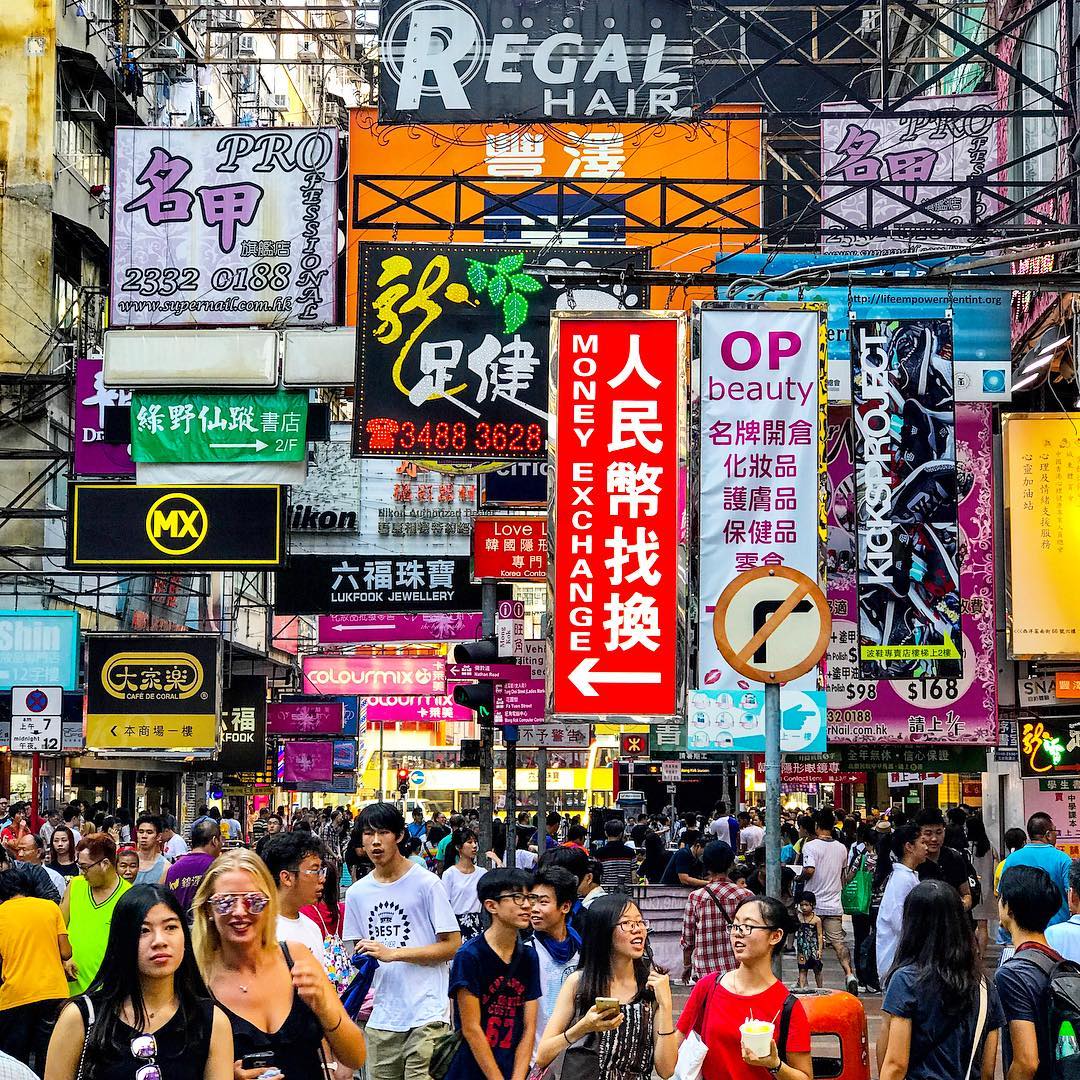

![IMG_2211[2].jpg](https://images.squarespace-cdn.com/content/v1/59332e0615d5dbea570b8b4f/1504001606564-F6O3MPAF3Q4SWM57K48E/IMG_2211%5B2%5D.jpg)
